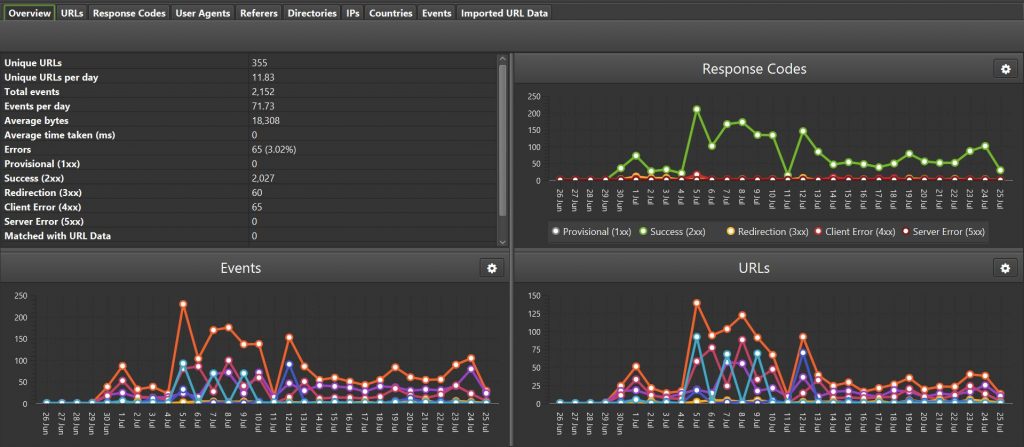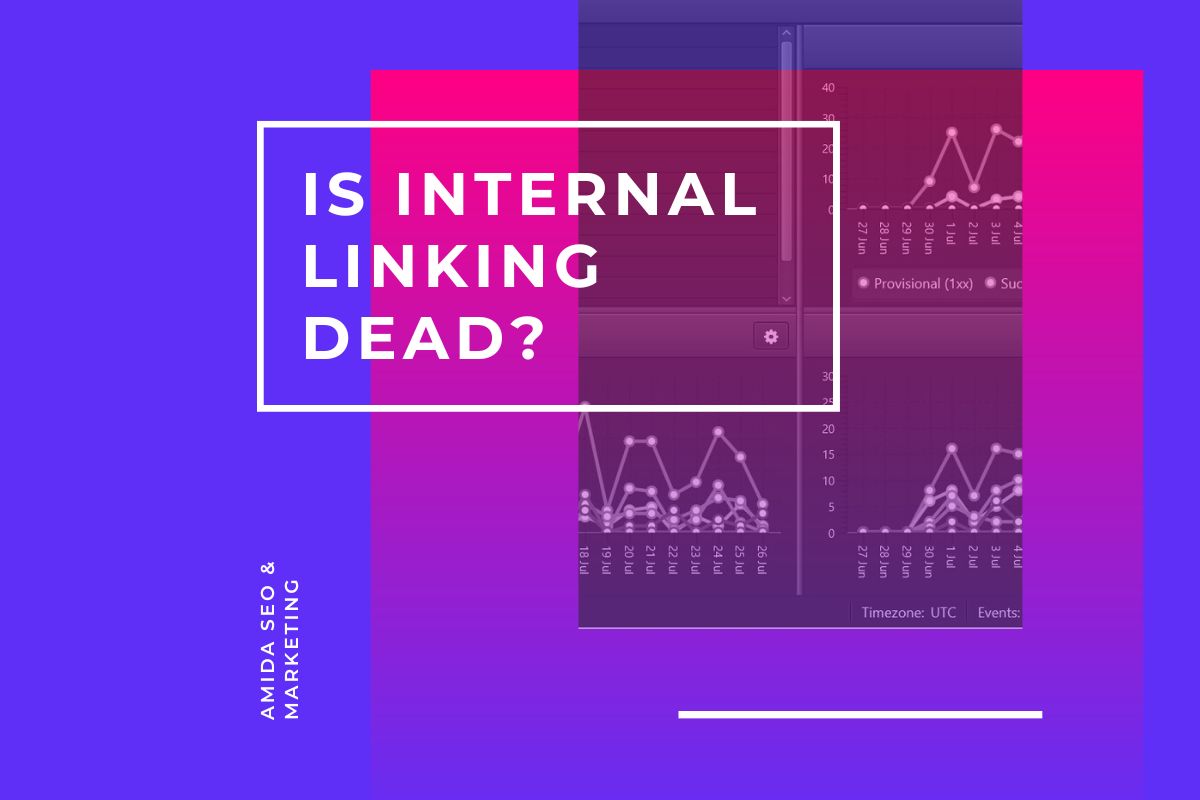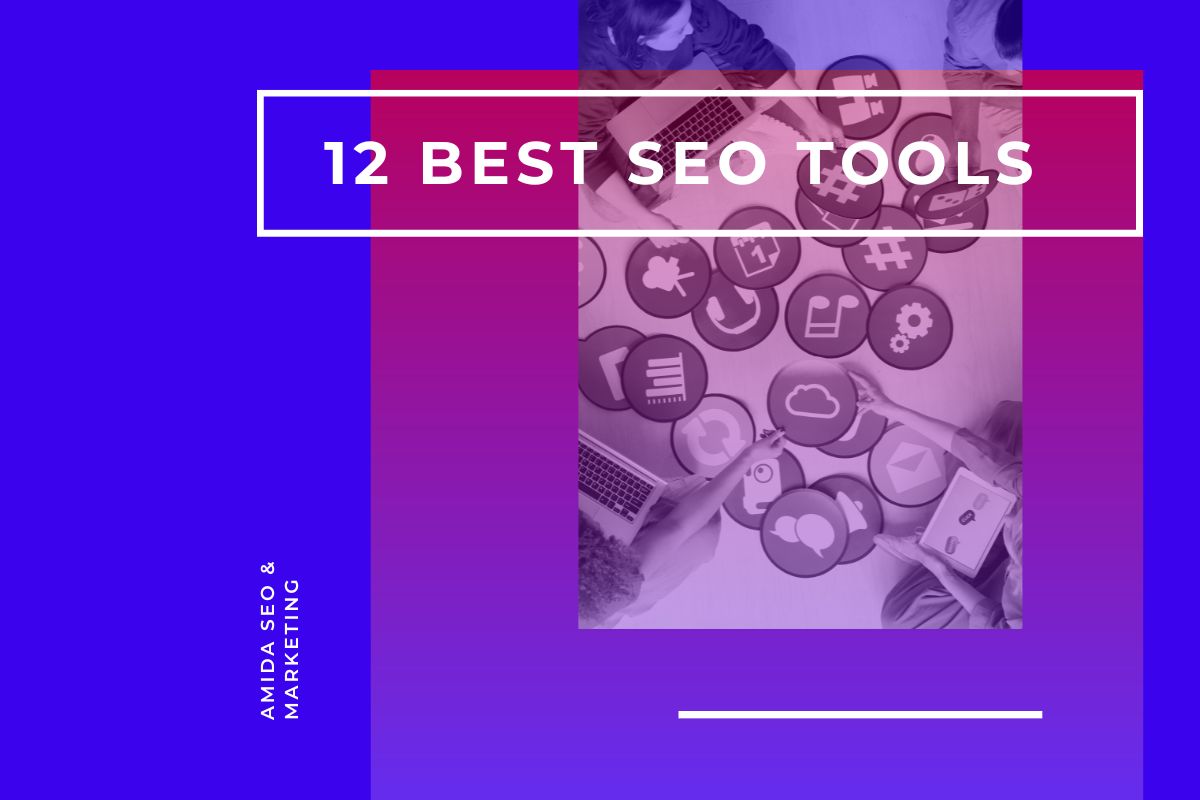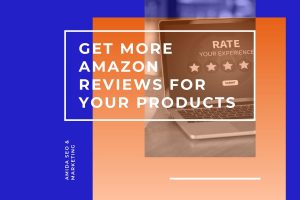Short answer: yes, for now!
What is internal linking?
Internal links are links that point from one page on a domain to a different page on the same domain. To put it simply, internal links link pages on the very same site, meaning that the source and target domain are the same.
For instance, if you create a brand-new page on your site about email marketing, you can add internal links to that page from other associated pages on your website. When utilized properly, internal links supply paths for search spiders to find new content, boost visitors’ time on your website, and develop an effective network of associated pages.
Contact us
Our Agency is driven by passion!
We deliver business-relevant results at breakneck speed.
Call Us: +4934292 529 027
Why internal linking is important?
Enhances navigation
Your website’s navigation can have a big influence on the total success of your website, and it affects user-friendliness, search engine rankings, and conversions.
Internal links are commonly utilized in a site’s main navigation, and they allow users to easily maneuver your site to discover the details they need.
Your homepage most likely has some type of navigation bar that directs visitors to the most crucial pages on your website. Consisting of internal links in your site’s primary navigation can increase the amount of time people spend on your website, which sends positive signals to Google and can improve your rankings in online search engine results pages (SERPs).
In addition, producing an internal linking structure can help site visitors discover pages on your website that are not included in the main navigation. For example, pages linked from your home page can include internal links to other pages deeper within your website. This assists people to discover pertinent info, and it increases the quantity of time they invest in your website.
Creates a site hierarchy
Internal links also assist you establish a hierarchy of info on your website.
For example, you can consist of links from your homepage to other subcategory pages on your website. Then, those pages can connect to pages even deeper in your site’s architecture.
This assists to add structure to your site, and it develops an info hierarchy that allows users to more easily browse your website and find the information they need.
Not only will this increase the amount of time they spend on your website, it will likewise improve user-experience and keep people coming back for more.
Spreads link juice
Internal links likewise help to spread ranking power around sites.
If you simply published a brand-new page or resource on your website, you can include internal links to that page from other high-performing pages on your site. This will help Google search spiders to find and index the brand-new material.
Internal connecting can likewise transfer link juice (ranking power) from developed pages to brand-new material, helping them appear greater in natural search results page. If you wish to increase the total SEO worth of your website, this is a great strategy.
Reductions bounce rate
If your website has a bounce rate of 80%, that indicates that 80 out of 100 visitors browses far from your site after checking out only one page.
Bounce rate is one factor that determines how your site ranks in online search engine results, and Google views websites with lower bounce rates as more high quality.
By interlinking pages on your site, you can motivate visitors to invest more time on your website, and ultimately reduce bounce rate. This will send favorable signals to online search engine and can assist you improve your ranking in search engine results.
Increase page views
Not only does internal linking assistance to decease bounce rate, it can also increase page views on your site.
To put it simply, internal links enable website visitors to navigate to other pages on your site instead of simply seeing one page and leaving. If visitors see pages on your site and like what they see, the will most likely want to see more content. And internal links help them find it.
This can increase page views and send favorable signals to search engines that can increase your ranking in SERPs.
Guides website visitors to high-converting pages
You can likewise use internal links to direct website visitors to high-converting pages.
Initially, you will need to use Google Analytics to figure out which pages on your site draw in the most visitors and which pages have the greatest conversion rates.
Then, you can add links from your highest traffic pages to appropriate, high-conversion pages.
This implies that more people will visit your highest converting pages, eventually resulting in more sales and earnings for your company.
Contact us
Our Agency is driven by passion!
We deliver business-relevant results at breakneck speed.
Call Us: +4934292 529 027
Does internal linking influence the Google Bot?
In the last 6 months, I have analyzed and examined the behavior of the Google bot in the context of internal links via log file analysis on about 5 websites. All sites showed the same picture. Pages that rank in the Google search are visited significantly more often by the Google bot compared to pages that do not rank. Here it does not matter whether these pages receive internal links or not. It is also irrelevant whether the ranking pages link to other internal pages or not, the bot is not influenced here.

The ranking losses of some websites like key services, dating affiliates and so on, which spammed massively with internal links also prove my theory of downgrading internal links as a ranking signal.
I tested whether the Google Bot is influenced by internal links. And the linked pages are visited as often as the distribution page and whether the visits change as soon as the internal linking is removed again. The answer is NO.
No page that has no current rankings will be visited more often by the Google Bot due to internal linking. Pages that do not rank have with or without internal links 0-2 Google Bot visits per month. Pages that rank, and here it depends on search volume and traffic, get up to 100 visits per month. (These visits can increase up to several 1000 times per month, depending on the publish frequency, importance of the page etc.).


Google crawls ranking pages regardless of whether they are internally linked or not
It is also no longer possible, at least at the moment, to give non-ranking pages a push through internal links.
We could observe that Google regularly visits the robots TXT and sitemap and thus is in the picture of the rough website structure.



Internal links are important for your users, readers and customers. It should not be omitted in any case, as this improves usability, conversion and navigation and provides added value for all your visitors. Gone, however, are the days when results could be achieved through link spam. It looks like Google is taking away this onpage ranking signal from webmasters!
Sebastian Stroeller
Google Whisperer & SEO Expert
Sebastian is a Google Whisperer, SEO expert and strategist with 10 years of experience in SEO, local SEO, eCommerce, affiliate and Google Ads. Sebastian’s passion for testing means he puts every strategy through its paces before recommending it to his clients. He’s a dog nut and also enjoys watching Netflix.






